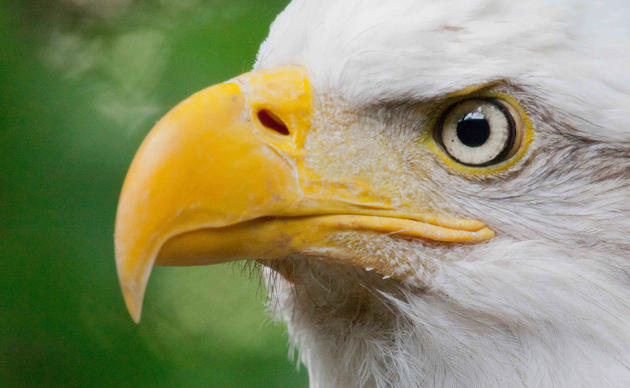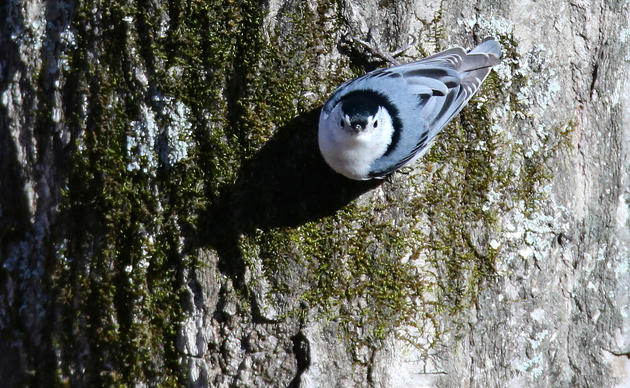August 28, 2024- The three-year-long controversy surrounding the Horse Heaven Wind project clearly demonstrates that the current developer-led model for siting clean energy projects in our state is the wrong approach.
If we continue down this path, we will not be able to achieve our clean energy goals with the urgency the climate crisis demands. That’s why we are advocating for a new approach, a build-ready program that flips the model from developer-led to one that prioritizes local communities, tribal lands and wildlife from the start.
As organizations grounded in science, we are often frustrated when political expediency overrides sound scientific principles in government decision-making.
That’s why the recent decision by the state’s Energy Facility Site Evaluation Council (EFSEC) to prioritize species recovery for the state-endangered Ferruginous Hawk was a welcome exception. EFSEC recommended a modified version of the Horse Heaven Wind project that, while reducing its energy generation potential, protected important nesting areas essential for the hawk’s recovery.

This decision represented a significant downsizing from the project’s original vision, proposed by the developer, Scout Energy, over three years ago.
When faced with the developer’s threats to abandon the project, however, Gov. Jay Inslee rejected EFSEC’s science-based recommendation, requesting that the agency “return to me their approval of this project application that appropriately prioritizes the state’s pressing clean energy needs.”
Inslee’s focus is understandable — the ambitious targets set by Washington’s Clean Energy Transformation Act (CETA) will require many large-scale clean energy projects. However, the urgency to combat climate change should not come at the expense of the state’s species recovery goals, biodiversity or habitat connectivity, which is critical for ecosystem resilience.
The controversy surrounding the Horse Heaven wind project is a clear example of how the developer-led model for clean energy development is flawed and leads to prolonged conflicts, contention and litigation. This approach wastes time and resources and risks pitting our state’s laudable goals for clean energy development and habitat recovery against one another.

To meet the ambitious targets of CETA without sacrificing our ecological heritage, we need a fundamental shift in how clean energy projects are sited and developed. A Build-Ready project development model incorporating lessons learned from states like New York could be implemented here in Washington State.
This approach pre-screens potential sites for environmental and cultural values, streamlining the process and reducing contention. By putting the state, tribes, and local communities in the driver’s seat, we can ensure that clean energy projects respect ecological and cultural priorities. State leadership could also elevate Community Benefit Agreements that provide tangible benefits in local communities and enable counties to support appropriately sited clean energy projects.
Compromising on biodiversity in the name of expedience sets a dangerous precedent.

Projects like the Horse Heaven Wind Farm and others, such as the proposed Badger Mountain development, which threatens the state-endangered Greater Sage-Grouse, illustrate the potential for conflict between clean energy goals and wildlife conservation. Sacrificing essential habitats for endangered species is not an acceptable trade-off for accelerated renewable energy deployment.
Whoever the next governor is, and whatever the makeup of the next legislature, 2025 must be a year of transformative change in our model for clean energy development.
We must protect the Climate Commitment Act, which provides much-needed funding for environmental projects and clean energy development in our state, and we must let science, tribal, and community values guide us toward a future that is both cleaner and more biodiverse.
Let us commit to a path that ensures a healthy environment for humans, wildlife, and generations to come. The time for action is now.
Originally published in the Tri-City Herald. Read more at: https://www.tri-cityherald.com/opinion/opn-columns-blogs/article29153973...





